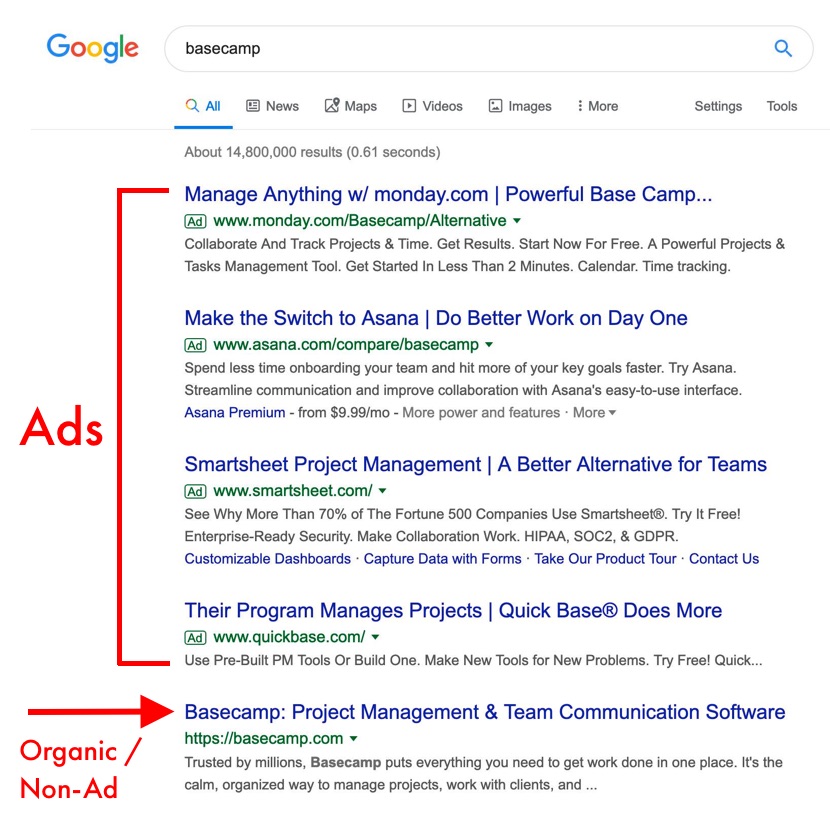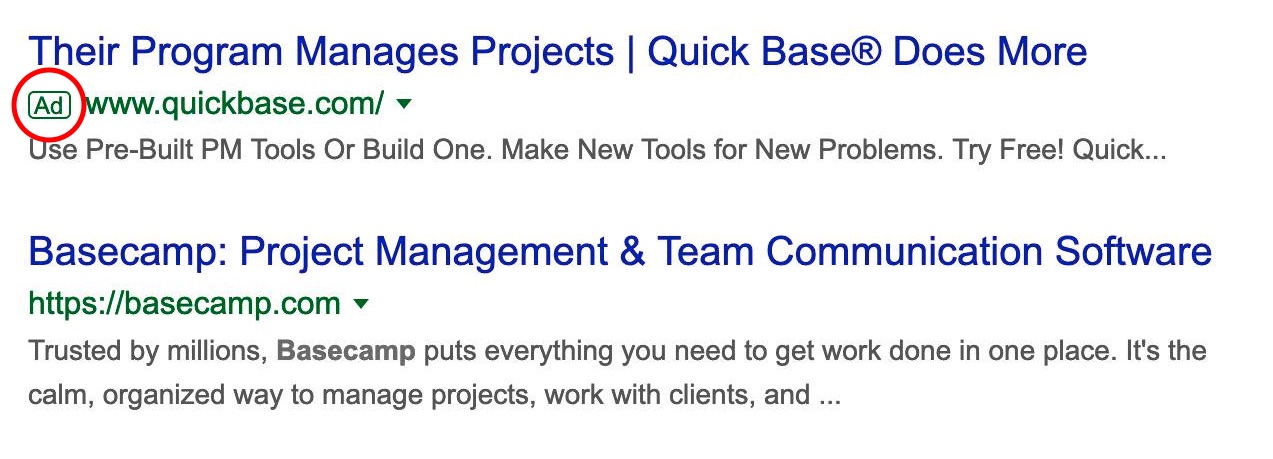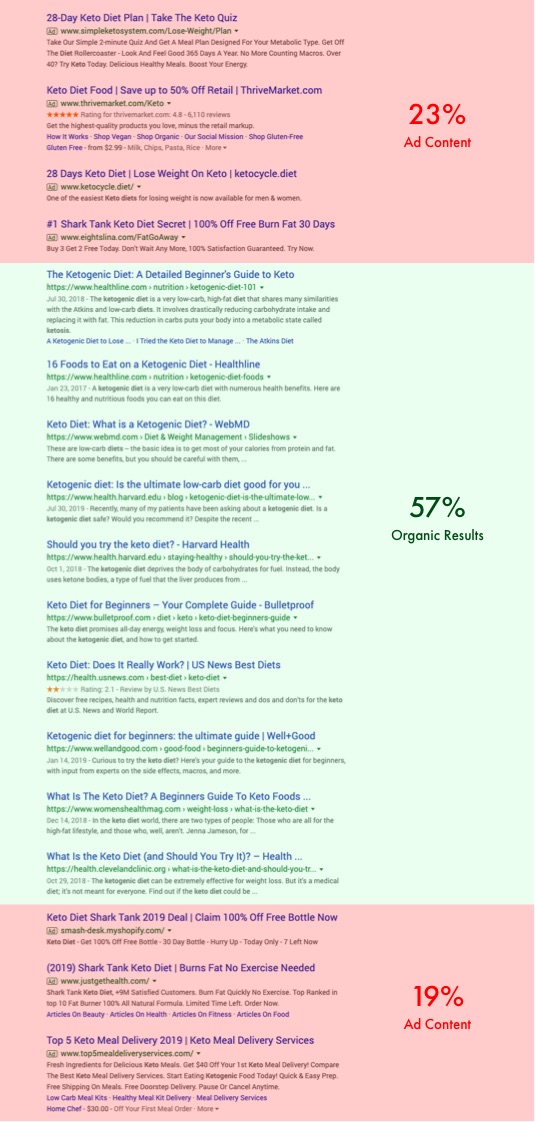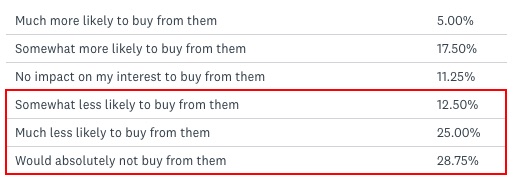
“Are you honest, when no one’s looking?”
-Smith & Jones, David Berman
A brand’s core values don’t have to mean much.
For some companies values are a loose set of ideas in the minds of the founders.
For others, values are just some generic blurbs printed in a handbook that are read and forgotten.
But for companies with solid cultures led by thoughtful leaders, core values mean a lot more.
They articulate the fabric of their brand’s culture and how it operates.
They create consistent standards for their team so that they can build trust with one another.
They create consistent standards to build trust with their customers.
When core values are shared and upheld, they provide a system of checks and balances for decision making.
Regardless of the size and shape of your business, core values should be there to guide decisions every single day.
There are always corners that could be cut.
You could do a little less or charge a little more. You could get the cheaper material or ingredients. You could find ways to stretch the truth or obscure the facts. You could collect some information you don’t need or collect it without telling anyone. You could take credit for yourself even if it wasn’t earned.
Every one of those choices contribute to the definition of your brand. Each one might matter a little or a whole lot.
But without clear core values in place, there’s no way for an entire business to operate with consistent actions.
To see core values in action, let’s take a look at a real world example of how they can guide a company’s decision making.
Basecamp vs. Competitor Ads & Google
This past week, Jason Fried, CEO of the software company Basecamp, called out an issue they’ve run into with Google Ads.
The crux of it is that Google allows companies to run search result ads against trademarked brand names.
In other words, when someone searches for “Basecamp” in Google, they might see anywhere from 1-4 paid ads in the results before they get to the first organic result. That first non-paid, organic slot is in fact for the company, Basecamp.
To put it another way, if your goal is to find Basecamp using Google, you may have to wade through a lot of content designed to pull you away from Basecamp before you get to a result for their website.

To fight back, with extra bonus points for creativity, Basecamp started running their own ad:
When Google puts 4 paid ads ahead of the first organic result for your own brand name, you’re forced to pay up if you want to be found. It’s a shakedown. It’s ransom. But at least we can have fun with it. Search for Basecamp and you may see this attached ad. pic.twitter.com/c0oYaBuahL
— Jason Fried (@jasonfried) September 3, 2019
As Jason states, with the combination of Google’s ad policies plus competitors who look to take advantage of them, Basecamp either has to buy ads for their own company name or get buried.
How does this relate back to core values?
We can break the issue down into two halves:
- The practice of running ads directly against a competitor
- How those ads are executed and presented
And within each of those there’s the role of Google as the advertising platform and the companies who ran the ads.
We’ll look at the impact core values might play as well as some customer research that we did on the topic.
1. The Practice Of Running Ads Directly Against A Competitor
The use of comparative advertising isn’t new. If a company wants to show how it differs from the competition, often the most direct route is to compare offerings head-to-head.
The classic example is the Pepsi Challenge:
Burger King and McDonalds have had some fun battles as well. Last year Burger King ran the highly effective and celebrated Whopper Detour campaign. The campaign let consumers buy a Whopper for a penny…if they ordered it while at a McDonalds.

And there are plenty more examples of this through the years.
For new or smaller companies, comparisons against established players is a fairly standard way to explain their value and position.
Jason Fried and Basecamp co-owner, David Heinemeier Hansson even write in their book, Rework, that “Picking a Fight” with a direct competitor is “a good way to get people to take notice”.
So, do these practices represent flawed core values? Or when done for the sake of highlighting differences between brands is it a reasonable and even useful business practice?
Like most situations and decisions in business, there are shades of gray.
Google:
Google’s stance is that a business can run an ad against a trademarked keyword (what the user searches for) but they can’t use a trademarked name within the ad itself (though there are ways around that as we’ll show below).
Google’s own core values state: “We firmly believe that ads can provide useful information if, and only if, they are relevant to what you wish to find…”
Are direct competitors relevant to “what you wish to find”? In general, yes.
With complex or expensive purchases, discovering and getting educated about different options is a valuable part of the decision making process.
The unfortunate side effect with ads against specific company names is that it creates the situation that Basecamp is experiencing. Basecamp has secured the top organic search result, but to truly appear first, they have to run ads to combat their competitors.
This starts to create a conflict with another of Google’s core values, “Democracy on the web works.” This basically means, what the people deem to be the highest value content is what should be shown at the top.
To better align with these values, there are a few flavors of compromise that could work for trademarked keywords:
- They could feature the top organic result (i.e. the trademarked company website) to appear above any ads.
- They could allow only one ad at a time so that top organic results aren’t so obscured.
- Or for trademarked terms, they could allow ads to only appear at the bottom of the page.
Competitors:
Given that comparative advertising is a generally accepted norm, is it then questionable for a company to market their product directly against a competitor on Google?
The companies don’t have direct control over the placement or volume of ads that are shown on a given search, so it’s hard to penalize them for that piece.
If their ads are done clearly and honestly, it could be argued as a reasonable exercise in competitive marketing.
Survey Results:
In our paid survey, we asked respondents “How would you feel about a company that buys Google ads that appear when you search for their competition”.

- 61% of respondents were indifferent or had a slightly negative view, including “Somewhat less likely to buy from them” (29%) and “No impact on my interest to buy from them” (32%).
- Only 6% said they “Would absolutely not buy from them”
While it’s not a net positive, it’s also not an overly negative view of the practice.
To dig deeper, we need to look at the specifics of these ads.
2. How Those Ads Are Executed And Presented
This is where the rubber really meets the road with this argument. It’s where we go from theory around different forms of advertising to the specific use cases of these competitors within Google’s platform.
Google:
Google’s hand in the execution side comes down to how they present their ads within search results.
Over the years, Google has slowly but surely worked to make paid ads look more and more like organic search results. They’ve stripped away background colors and bright labels.
Now, all that’s left is a tiny green box with the word “Ad”.

Combine that with search result real estate that at times creeps close to a 50-50 split between paid ads and organic results.

Again, how well does this still align with their value of promoting “Democracy on the web”?
And how well does this support their value to “always clearly identify” ads from organic results so as not to “compromise the integrity of search results”?
Maybe these practices follow the letter of their own law, but it’s hard to say they follow the spirit of it.
Their past designs did a much better job of visually separating ad content from organic content and would better align with their values.
Competitors:
When it comes to fair and honest business practices, it’s one thing to advertise against the competition. It’s another thing when you create intentionally misleading ads.
In the case with Basecamp, as well as in others, there are companies looking to capture clicks in less than honest ways.
Again, Google’s rule is that you can’t use trademarked names in the text of an ad. So, instead these companies insert creative spaces to get around it.
A search for Basecamp might get you:

And a search for SalesForce might get you:

It’s clear they’re looking to work every angle here to take advantage of loopholes in the trademark rules so that they can capture the attention and clicks of users.
This is where we shift from comparative ads into deceptive ads.
As our image at the top of this article shows, this is a bit like Pepsi labeling their can with “Delicious Coca-Cola Flavor”.
You can imagine a business justifying these practices as fairly minor in the grand scheme, but they definitely make a statement about their core values:
If there’s a loophole available, they’ll take advantage of it.
How are those short term click gains undermining the trust they want to build with customers?
Survey Results:
In our paid survey, we asked respondents “How would you feel about a company that created potentially misleading ads”.
We defined “misleading” as ads that use “text or links that contain the name of the competitor business you’re seeking”.

- 66% of respondents had a negative sentiment about this practice, including “Somewhat less likely to buy from them” (12%), “Much less likely to buy from them” (25%), or “Would absolutely not buy from them” (29%)
- To re-highlight, 29% said specifically they “Would absolutely not buy from them”
That’s a strong indicator that this type of practice is not a way to build longstanding trust with customers.
What Does It All Mean When It Comes To Core Values?
Decisions that misalign with core values aren’t always egregious. On its own, a small shortcut can feel pretty harmless.
But over time, a collection of small “harmless” decisions can add up.
That’s how erosion works — a lot of little actions that can eventually lead to a much bigger reaction.

(via Washington Post)
The erosion of core values eventually leads to erosion of trust. Both with your team and your customers.
And it’s why core values are so critical when it comes to the daily activities of a business.
Research has shown that commitment to an organization’s core values is the #1 factor in driving employee engagement.
We all have an internal vision of our ideal self. We want our work and actions to align with that.
And as customers we want to buy from brands that we trust.
This isn’t about condemning businesses for wanting to make a profit. In fact, it’s about showing how core values help build healthier brands with loyal, happy customers.
In other words, a solid company culture supported by strong core values means better behavior and better business.

Get Help Defining Your Brand’s Core Values
If you’re ready to build a healthier brand culture and stronger connections with your customers, reach out for a free consultation. We’ll help you transform your best business thinking into an actionable, shareable, growth-oriented guide. Click below to learn more about the Brand Guidebook process.
* Source for header image via Target

